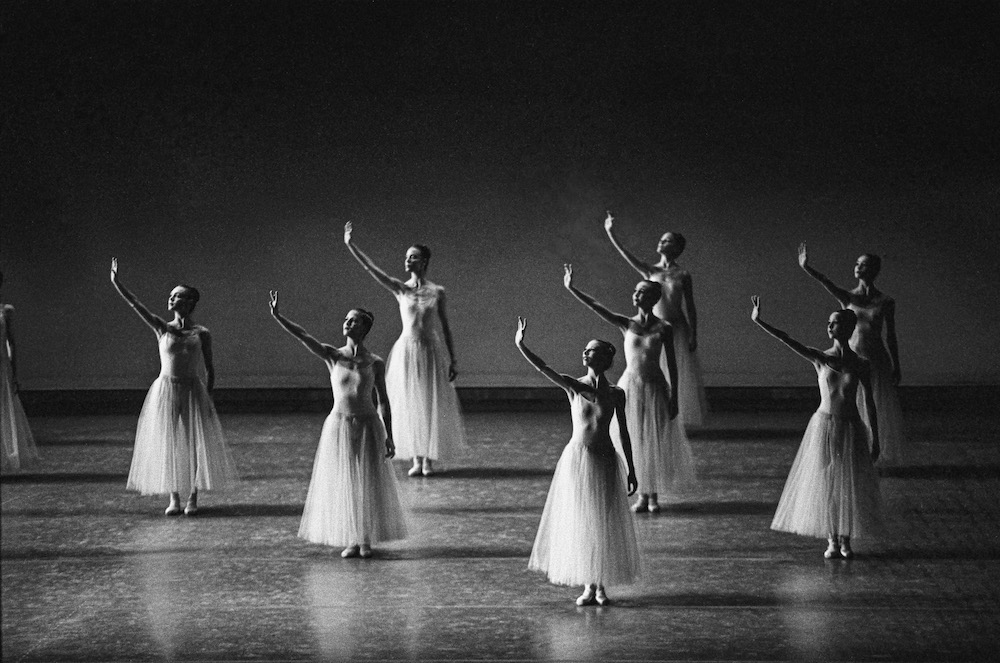Serenade: A Balanchine Story
By Toni Bentley
320 Pages
Pantheon
As a thin, athletic girl with a springy jump and “not-so-great feet,” Toni Bentley was 11 when she entered the School of American Ballet; she was invited into the New York City Ballet company by George Balanchine at 17, and she performed with them for 10 years, until a hip injury cut her career short. With her prolonged devotion to Balanchine as the backdrop, it is their shared passion for the art form that drives the plot of her new book, Serenade.
Balanchine arrived in America at the behest of eventual NYCB co-founder Lincoln Kirstein, then a visionary and well-connected young Harvard grad. Once arrived, the prolific Balanchine quickly set to work, and the challenging Serenade was the first full-length ballet he composed in his new homeland. The initial performance, in bathing suits and thrown-together costumes, was held in the rain on a makeshift stage in 1934 at a benefactor’s party. Forty years later, author Bentley would first dance the role of one of the four “Russian Girls.” She would go on to perform Serenade 50 times.
Woven throughout the biographical, autobiographical and historical material is a re-creation of the 32-minute, 49-second ballet broken down minute by minute, step by step, from before the curtain rises. We are taken backstage, vicariously rubbing our pointe shoes in rosin and taking places on the stage with Bentley, in a position most uncharacteristic for ballet dancers, parallel. A ballet dancer’s turnout, Bentley postulates, elongates the line, and simultaneously emphasizes and symbolizes the physical and emotional openness—a wrenching apart of body and soul—necessary to adapt to life as a dancer. When—at three minutes, 49 seconds—the entire corps de ballet dramatically pivots from parallel to first, feet at 180º, it evokes a dramatic response: the essence of classical ballet distilled to its most basic premise.
A key element in Serenade is the way in which the emphasis shifts from the traditional model of corps de ballet as mere backdrop against which soloists perform, to one in which each dancer may at any moment strike out into movement which is integral to the structure of the whole. Balanchine’s choreography here clearly displays a revolutionary new spirit of democracy.
If Balanchine’s personal life and human imperfections are a bit glossed over, we may learn more than we ever dreamt of, or perhaps wanted to know, about composer Pyotr Ilyich Tchaikovsky and choreographer Marius Petipa, whose emotional struggles and personal demons are outlined in vivid detail. Bentley’s focus, however, is on Balanchine’s genius, his impact on her own life, and the legacy of the phenomenal ballets that he left behind—Serenade, she asserts, is the finest of them all. Like most of his works, it is both plotless and dense, with suggested narrative and emotional content. He wished to share a story of a man and a woman… or two women, or perhaps three women. Women were his muse and his inspiration, as well as the medium through which he expressed himself. While treading gently on the imprint of Balanchine the man, Bentley makes a striking case for the enduring and profound impact of his brilliant choreography


